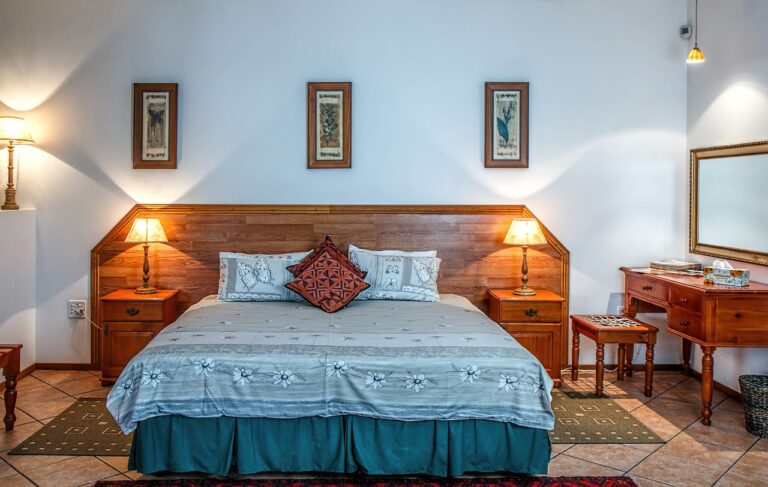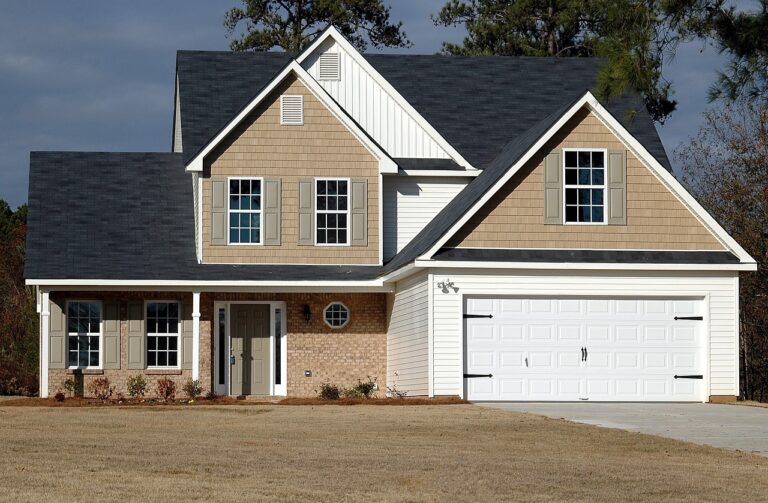Enhancing Home Accessibility for Aging in Place
Adapting the home environment for aging in place is a crucial consideration for older individuals looking to maintain independence and comfort within their own homes. Making modifications to the living space can significantly improve safety and ease of movement, allowing seniors to navigate their surroundings with confidence and security.
Simple changes, such as installing grab bars in the bathroom or adding non-slip rugs in high traffic areas, can go a long way in preventing accidents and promoting a more accessible living environment. Additionally, ensuring adequate lighting throughout the home and removing tripping hazards can greatly enhance the overall safety and functionality of the space for aging individuals.
• Installing grab bars in the bathroom
• Adding non-slip rugs in high traffic areas
• Ensuring adequate lighting throughout the home
• Removing tripping hazards
Assessing Mobility Needs within the Home
When assessing mobility needs within the home, it is crucial to consider the layout and design of the living space. Evaluate the width of doorways and hallways to ensure there is enough space for easy maneuvering with mobility aids such as walkers or wheelchairs. Additionally, look for any potential obstacles or hazards that could impede movement, such as loose rugs or clutter in high-traffic areas.
Another important aspect to assess is the placement of furniture and fixtures within the home. Rearranging items to create clear pathways can greatly improve mobility and reduce the risk of falls. Consider the height of countertops and shelving to ensure they are easily accessible for individuals with limited mobility. Making these adjustments can help create a safer and more inclusive living environment for aging individuals.
Modifying Entryways for Easy Access
The entryway of a home plays a crucial role in ensuring easy access for individuals with mobility challenges. To enhance accessibility, consider installing grab bars near the door for stability and support when opening or closing it. This simple modification can greatly assist those with limited mobility in navigating through entryways safely and independently.
Another effective way to modify entryways for easy access is by ensuring adequate lighting both inside and outside the door. Proper lighting not only helps individuals with vision impairments to identify potential obstacles but also creates a welcoming and safe environment. Additionally, installing motion-sensor lights can further improve accessibility by automatically illuminating the pathway when someone approaches the entrance.
Why is it important to modify entryways for easy access?
Modifying entryways can make it easier for individuals with mobility issues to enter and exit their homes safely and independently.
What are some common modifications that can be made to entryways?
Some common modifications include installing ramps, widening doorways, adding handrails, and removing tripping hazards.
How can I assess my mobility needs within the home?
You can assess your mobility needs by evaluating how easily you can navigate through doorways and hallways, identifying any obstacles or barriers, and considering any specific mobility aids you may need.
Can I make these modifications on my own?
Some modifications, such as adding handrails or removing clutter, can be done independently. However, more complex modifications, like widening doorways or installing ramps, may require professional assistance.
Are there any financial assistance programs available for home modifications?
There are various programs available, such as Medicaid waivers, VA benefits, and grants from nonprofit organizations, that may help cover the costs of home modifications for individuals with disabilities or older adults.







